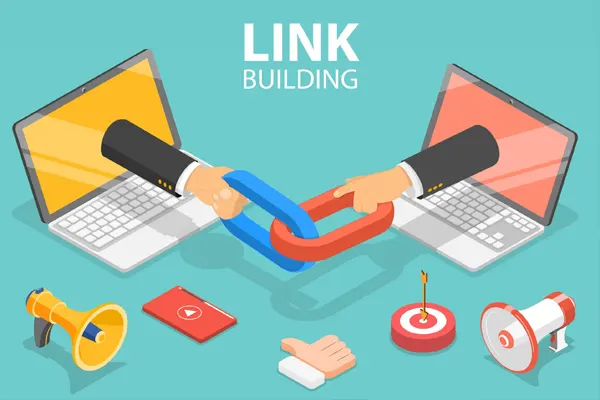How Do I Keep My Content Fresh and Relevant Over Time?
In 2025, digital audiences expect up-to-date, valuable content that reflects current trends and needs. Outdated or irrelevant content loses engagement, drops in search rankings, and fails to convert. Regularly refreshing your content ensures it remains useful to your audience and competitive on search engines. A 2024 Moz study found that updated content can boost organic traffic by up to 30%. This guide provides specific, actionable strategies to keep your content fresh and relevant over time.
The Importance of Evergreen and Timely Content
Content that stays fresh balances evergreen and timely elements. Evergreen content, like a guide on “how to create content,” remains relevant for years. Timely content, such as “2025 marketing trends,” capitalizes on current events but needs frequent updates. Combining both ensures your content library is both durable and dynamic, appealing to long-term readers and trending searches.
Specific Strategies to Keep Content Fresh and Relevant
Update Data and Examples
Outdated statistics or examples make content feel stale. Review your content every 6-12 months to replace old data with recent findings. For instance, if a blog cites a 2023 report on content marketing, update it with a 2025 study from HubSpot or CMI. Swap outdated examples—like references to obsolete tools—with current case studies, such as how a brand used AI tools like Jasper in 2025 to boost engagement. This keeps your content credible and relevant.
Refresh SEO Elements
Search algorithms evolve, so your SEO strategy must too. Use tools like SEMrush or Ahrefs to check if your primary keywords, like “keep content fresh,” still align with search intent. Add new long-tail keywords, such as “how to update content for SEO in 2025,” and semantic terms like “content refresh strategies.” Update title tags (under 60 characters) and meta descriptions (under 160 characters) to reflect current trends. For example, revise a title from “Content Tips for 2023” to “Content Refresh Tips for 2025” to regain ranking potential.
Add New Formats or Visuals
Repurposing content into new formats keeps it engaging. Turn a popular blog post into a short YouTube video or an infographic using Canva. For example, a guide on content strategies could become a 60-second Instagram Reel summarizing key tips. Add fresh visuals, like updated charts or images, to enhance readability (aim for Flesch Reading Ease >60). A 2024 CMI report noted that content with visuals sees 40% higher engagement than text-only posts.
Incorporate Audience Feedback
Your audience’s needs shift over time. Use comments, social media interactions, or surveys to identify new questions or pain points. For instance, if readers ask about AI in content creation, add a section addressing tools like Grok or Copy.ai. Tools like Google Forms or social listening platforms like Brandwatch can help gather insights. Updating content to answer these questions keeps it relevant and builds loyalty.
Link to Current Resources
Internal and external links boost authority and relevance. Add internal links to newer blog posts or related pages on your site to keep readers engaged. Replace outdated external links with credible sources, like a 2025 Forbes article on marketing trends. This signals to search engines that your content is current and well-connected, improving SEO performance.
How to Implement a Content Refresh Plan
Create a systematic approach to keep your content up to date. Start by auditing your content library using Google Analytics to identify high-traffic but outdated pages or posts with declining engagement. Prioritize updates based on potential impact—focus on evergreen content with strong SEO potential first.
Schedule refreshes every 6-12 months, depending on your industry’s pace. For example, tech-related content may need quarterly updates due to rapid changes, while lifestyle guides can last longer. Use a content calendar in tools like Trello to track refresh tasks, noting which posts need new data, keywords, or formats.
Monitor results after updates. Track metrics like organic traffic, time on page, and conversions using Google Analytics or BuzzSumo. For instance, after updating a blog with new keywords and visuals, check if traffic increases within 1-3 months. Adjust your strategy based on what drives the most impact.
Tips for Sustained Relevance
Monitor industry trends via platforms like X or Google Trends to spot emerging topics. Engage with your audience through comments or polls to stay aligned with their needs. Experiment with new content angles, like addressing “AI-driven content updates” for tech-savvy readers. Keep updates manageable by focusing on high-value content first.
Conclusion
Keeping your content fresh and relevant ensures it continues to engage audiences and rank well. By updating data, optimizing SEO, adding new formats, incorporating feedback, and refreshing links, you can maintain a dynamic content library. Start your content refresh today to stay ahead in 2025.
Download our free content refresh checklist or contact us for a tailored update plan!
Our Services
Related News
Frequently Asked Questions (FAQ)
How often should I update my content?
Refresh evergreen content every 6-12 months and timely content quarterly to stay relevant.
What if my content is still not performing after updates?
Audit for audience alignment and SEO gaps. Tools like SEMrush can reveal if keywords or structure need further optimization.
Can small businesses keep content fresh with limited resources?
Yes. Focus on updating high-impact pages and use free tools like Google Analytics to track performance.









